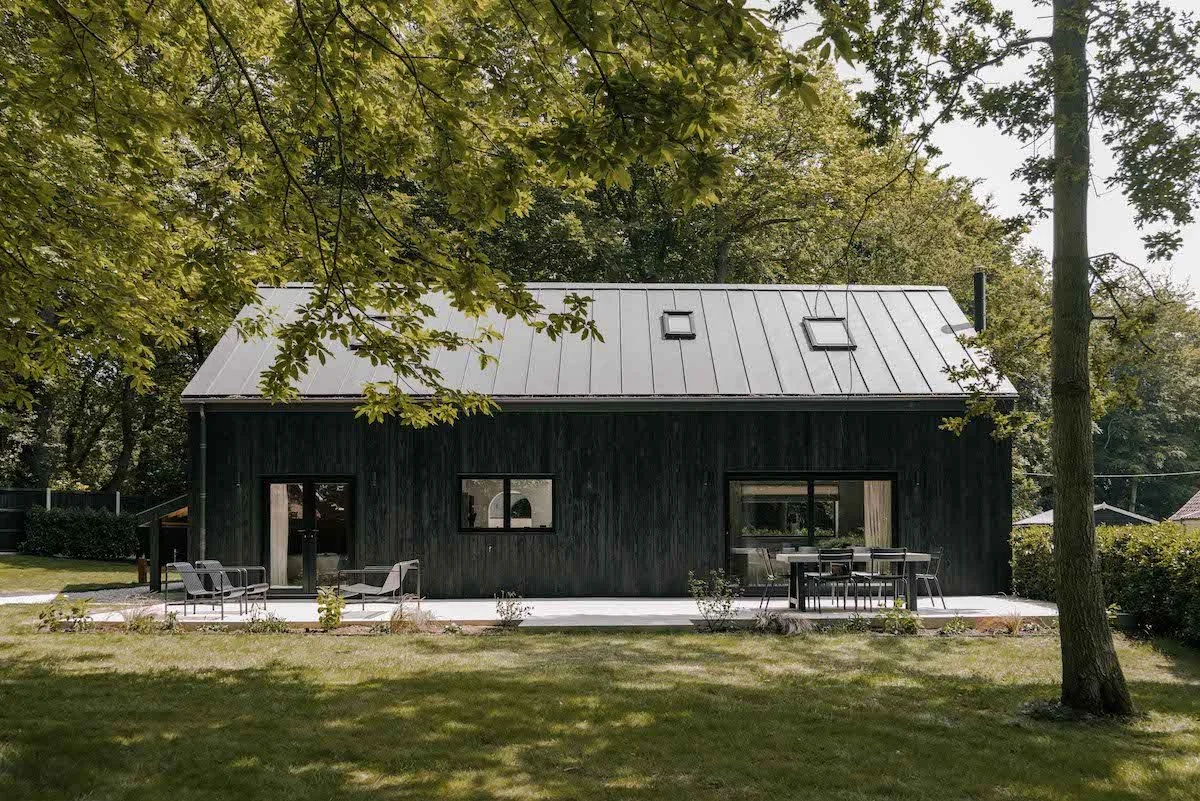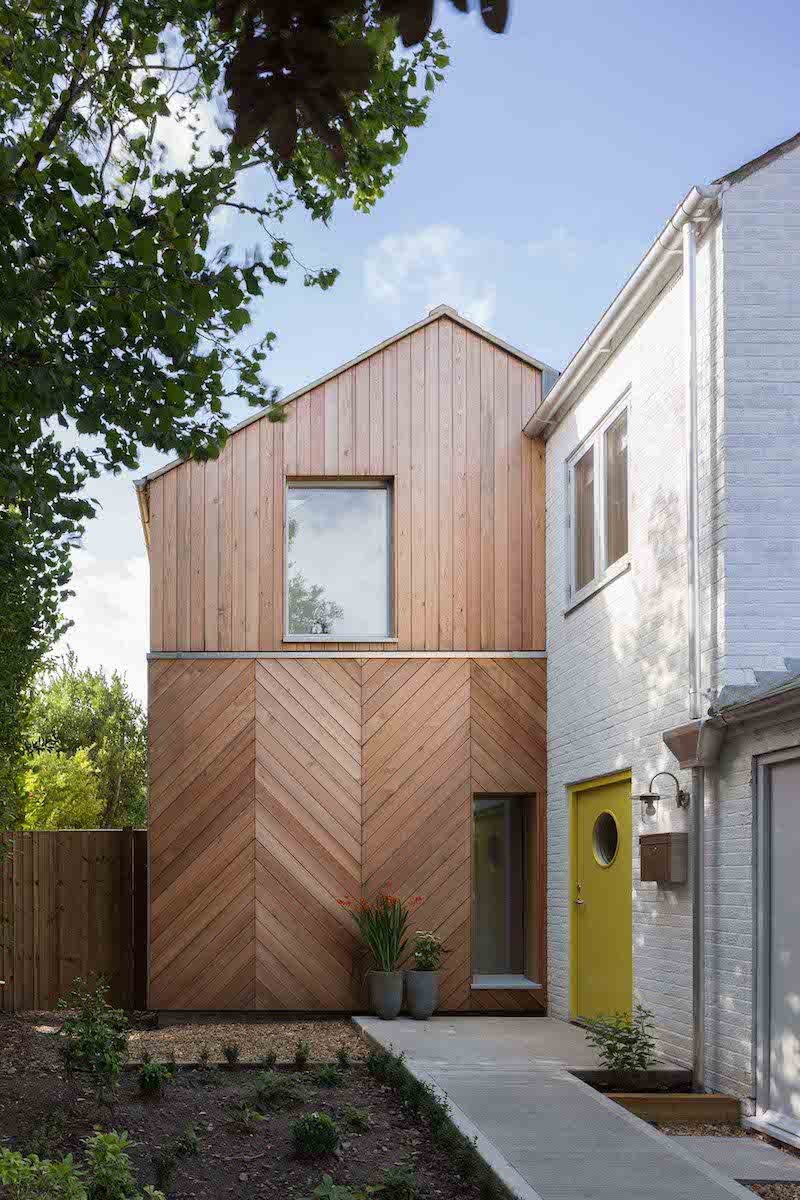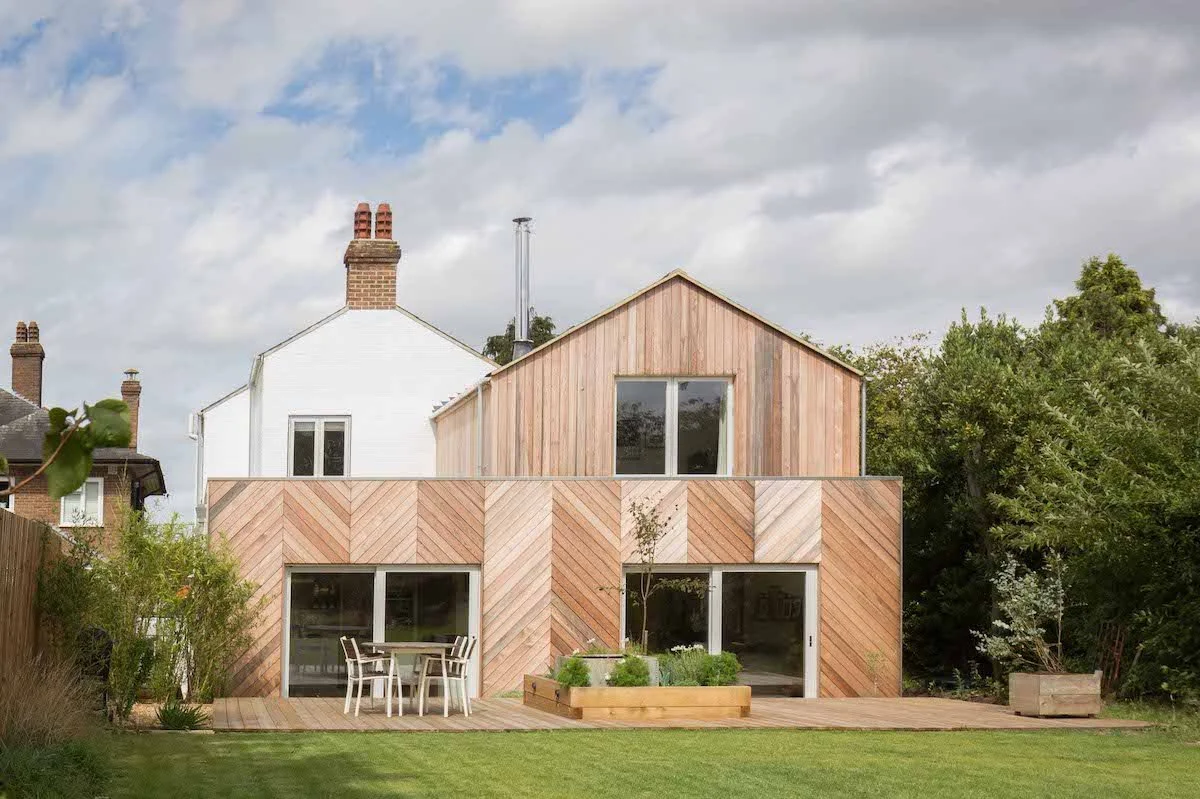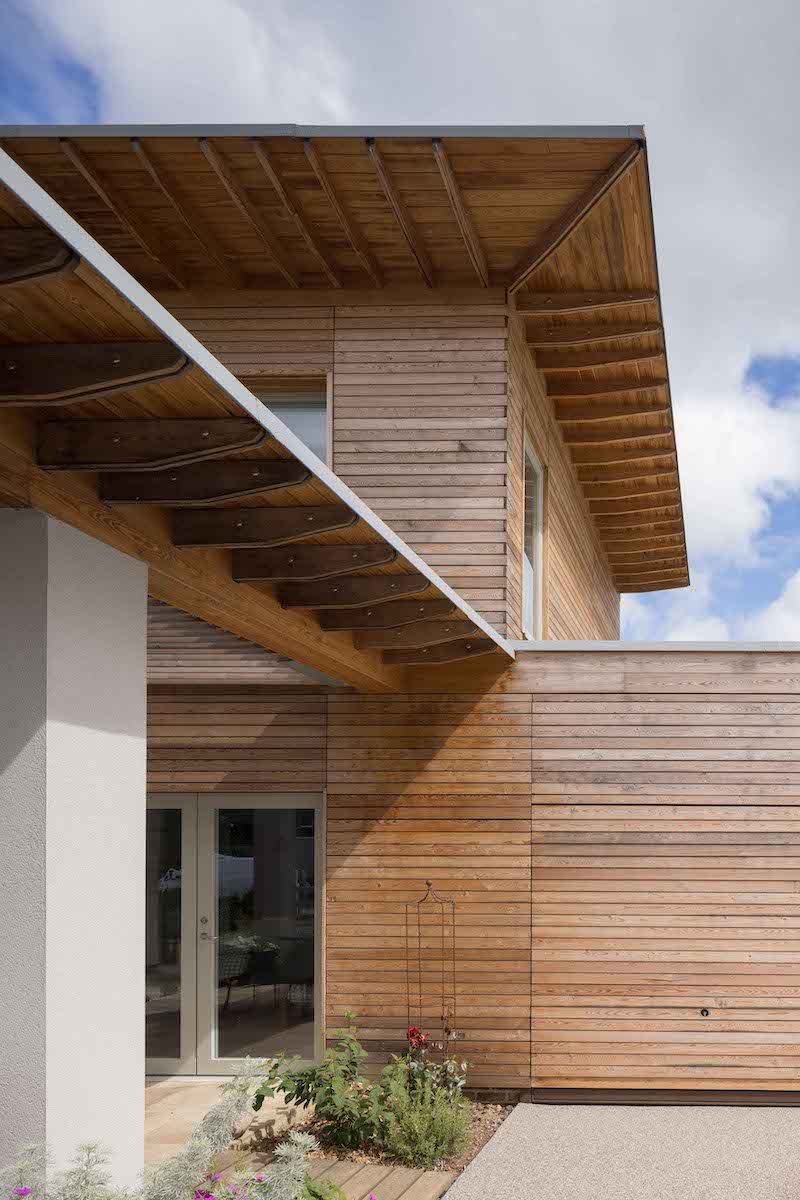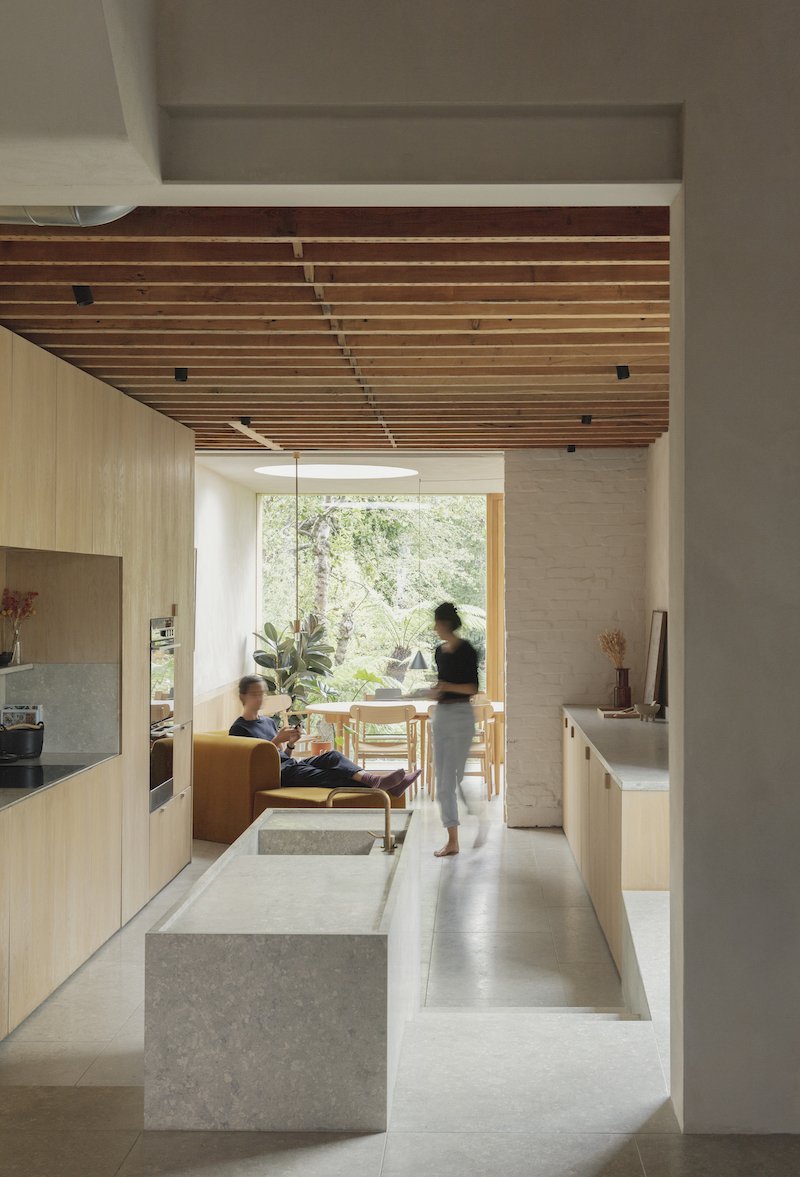Norfolk. Liv Architects discusses change in a place where change can come slowly
© Tori O’Connor Photography
The last year has been a busy one for Sasha Edmonds and her practice, Liv Architects. It’s been five years, and one child, since she forwent the hours-long commute to and from her Norfolk home to Cambridge, where she worked at an established, multi-awarding winning practice. The opportunity to focus on the quality of her own life is one shared by many of her clients in this last, turbulent year.
‘The Covid pandemic has brought a lot of new people to Norfolk, both second-homers and people looking to relocate as their work patterns change,’ she explains. ‘It’s been good for the practice but not without its challenges.’
© Matthew Smith Architectural Photography
It’s not unusual, of course, for new money, new faces and new ideas to expedite change – sometimes uncomfortably for long-standing residents. ‘It’s an area rich in heritage and that’s true of the built environment too. Our approach is to focus on vernacular materials, the type to be found in an abundance of the building stock, and make contemporary interventions.’ It’s a subtle art, crafting residential buildings that straddle the traditional and the contemporary. ‘We have a soft, Scandinavian approach to materials,’ Sasha notes. ‘It’s not hard Modernism. It’s gentler and more appropriate for the location.’
A sympathetic material selection married to a thoughtful approach to design has resulted in some beautifully resolved homes. Take a look at the practice’s Cleveland Cottage, a wonderful reimagining of a 1930s two-up-two-down for a growing family, and witness the elegant spatial arrangement, white and blonde interior, and beautifully detailed chevron-timbered exterior. The house is also an example of the practice’s approach to sustainability, a definition of which they broaden to refer to as ecological design.
© Matthew Smith Architectural Photography
Liv Architects is rare in this part of the UK for its expertise in Passivhaus design, that branch of architecture born in Germany, with a rigid focus on passive design features that reduce energy demand and energy waste. James Burton, Sasha’s co-director, is a certified Passivhaus designer. It’s knowledge that the practice’s clients appreciate.
‘Having Passivhaus and EnerPHit (the equivalent approach to renovation and refurbishment) certification is increasingly important and increasingly popular,’ Sasha enthuses. ‘Even if clients don’t want to go the whole hog and get a Passivhaus-certified home, we can still employ the principles to produce a design that will make their home less impactful on the environment, more comfortable and with reduced energy bills.’
© Matthew Smith Architectural Photography
All the beautiful detailing and energy-efficient construction depends on another, sometimes elusive, quality that the practice can conjure. ‘Finding the right builder can be a real challenge, especially in places like Norfolk,’ Sasha contends. She has experience working for a Design & Build contractor earlier in her career and it has stood her in good stead. ‘There are a few excellent builders about and we know the right builder for the right job’.
Sasha’s practice now numbers four team members, located in a converted former rifle range in Flitcham that was once attached to the Sandringham estate. Most of their work is centred on Norfolk and nearby surrounds. The pandemic has brought new faces from further afield, but also excited the interest of some long-term residents who have spent a year looking at their own four walls. ‘We have a mix of clients, all very different. Their common characteristic is that they are culturally and design-interested.’
If a side-effect of the past year is a greater focus on practice’s like Liv Architects, then we can be thankful for small mercies in challenging times. Design-led, Passivhaus-accredited architecture with a gentle approach to materials? In Norfolk? Long may it continue.
